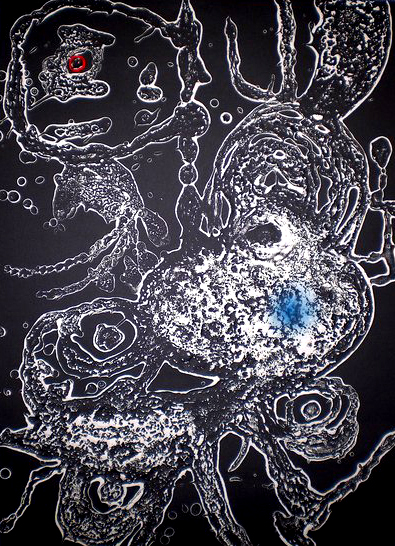Joan Miró
Barcelona 1893 – Palma de Mallorca 1983, Spain. Painter, sculptor, engraver and Spanish ceramist, Miró was one of the most influential artists of the 20th century and continues to be a reference point in the 21st century.
His career began when he enrolled in the Academy of Art which at that time was directed by Francisco Galí, and in which he learnt about the latest artistic trends in Europe. Until 1919, his paintings were dominated by a formal expressionism with fauvist and cubist influences. In Paris he met Picasso, and some members of the dadaísta movement, like Tristan Tzara. With an affinity to the principles of the surrealism, he signed the Manifesto (1924) and incorporated to his own work the restlessness of this movement, with the use for example of hieroglyphic and the calligraphic signs. The other great influence of the time would come from the hand of P. Klee.
In the decades of 1950 and 1960 he made several murals of great size for diverse locations such as the headquarters of UNESCO in Paris, the University of Harvard in Boston and the airport of Barcelona; and to the end of his career he would be relate to public works of great size.
Works

